This step-by-step guide explains how our microphone factory delivers a seamless custom microphone process for brands,...
Certifications Needed for Exporting Wireless Microphones (CE, FCC, etc.)
If you're manufacturing or sourcing wireless microphones for international distribution, you can't skip certifications. Whether you're shipping an FCC lavalier system to the U.S., getting a CE mic certification for European markets, or preparing a full OEM compliance wireless mic setup, regulatory approval is mandatory. In this guide, we break down the major certifications you need, why they matter, and how to navigate the process efficiently.
Why Certification Matters in the Wireless Audio Industry
Wireless microphones transmit signals over regulated frequency bands. Governments and regions enforce specific safety, electromagnetic compatibility, and environmental standards to ensure devices don’t interfere with public systems or pose health risks.
Skipping certification isn't just risky—it’s illegal. Without proper testing and documentation, your OEM compliance wireless mic shipments may be blocked at customs, blacklisted from retail platforms, or banned from use.
If you're building a global brand, you need to understand CE mic certification, FCC lavalier requirements, and other key regulatory frameworks.
1. FCC Certification (United States)
What is it?
The Federal Communications Commission (FCC) regulates all radio-frequency devices in the U.S. A FCC lavalier mic must meet Part 15 (unlicensed) or Part 74 (licensed for broadcast) regulations.
Who needs it?
Anyone selling or distributing wireless mic systems in the U.S., including OEM brands, resellers, and retailers.
Key Requirements:
• Emission testing to prevent interference
• Labeling with FCC ID
• Inclusion of user guidance
Testing Process:
You must send your product to an FCC-accredited lab for RF exposure, EMC, and antenna performance tests.
Pro Tip:
Your OEM compliance wireless mic provider should provide FCC ID documentation and test reports.
2. CE Certification (European Union)
What is it?
The CE mic certification proves that a product meets EU standards for health, safety, and environmental protection.
Who needs it?
Any business shipping wireless microphones to Europe. This includes OEM partners, e-commerce sellers, and brands working with European distributors.
Applicable Directives:
• RED (Radio Equipment Directive)
• EMC (Electromagnetic Compatibility)
• RoHS (Restriction of Hazardous Substances)
Steps to Certify:
1. Conduct testing in an accredited lab
2. Complete a technical file (with schematics, manuals, risk assessments)
3. Sign a Declaration of Conformity (DoC)
4. Affix the CE mark
Why It Matters:
Without proper CE mic certification, your products cannot legally be sold or imported into the EU.
3. UKCA Marking (United Kingdom)
Post-Brexit Update:
If you're exporting to the UK, you'll need UKCA (UK Conformity Assessed) marking, which largely mirrors the CE mic certification process.
Transition Tip:
Many products need both CE and UKCA labels if sold across Europe and the UK. A reliable OEM compliance wireless mic provider can label your gear accordingly.
4. TELEC Certification (Japan)
What is it?
Japan's Ministry of Internal Affairs and Communications mandates that wireless devices pass TELEC testing.
Key Considerations:
• Frequency band compliance (e.g., 2.4 GHz use)
• Low radiation output
• Compliance labels and documentation
Who It’s For:
OEMs and brands targeting Japan’s massive content creation and consumer tech market.
5. KC Certification (South Korea)
Overview:
All radio equipment must comply with Korea Certification (KC) standards, which cover both electromagnetic and safety evaluations.
Steps:
• Testing at a KC-authorized lab
• Submission of product design documents
• Labeling requirements in Hangul
OEM Note:
A global OEM compliance wireless mic project should include language and regulatory support for markets like South Korea.
6. RCM Mark (Australia & New Zealand)
What is it?
RCM (Regulatory Compliance Mark) covers safety and EMC for wireless electronics entering Australia and New Zealand.
Includes:
• ACMA regulations
• Radio communication standards
Process:
Manufacturers or importers must register their product on the ERAC database and pass local testing standards.
CE Tip:
If your mic already has CE mic certification, some tests may be reused or waived in ANZ markets.
Certification Labels: What Should Be On the Box?
Each compliant FCC lavalier, CE mic certification, or OEM wireless system must include specific labeling:
• Certification marks (FCC ID, CE, KC, etc.)
• Model and serial numbers
• Manufacturer name or brand
• Country of origin
• Frequency range and power output
These should appear on:
• The product body
• The retail box
• The instruction manual
Pro Tip:
Include QR codes linking to digital certification documents or user guides for quick compliance checks.
What Happens Without Certification?
Selling uncertified OEM compliance wireless mic products can lead to:
• Customs seizures
• Platform takedowns (Amazon, eBay, Alibaba)
• Legal penalties or fines
• Damage to brand reputation
If you’re creating a private label FCC lavalier system or launching a new CE mic certification product line, testing and documentation must be part of your launch plan.
How to Work with a Certified OEM Supplier
The simplest way to stay compliant? Choose a manufacturer that already understands the ins and outs of OEM compliance wireless mic requirements.
Look for suppliers that:
• Provide pre-tested modules
• Offer certification assistance
• Have region-specific product versions
• Supply declaration documents, user manuals, and test reports
Our factory supports full compliance services for:
• FCC lavalier mics and wireless systems
• CE mic certification preparation and filing
• RCM, TELEC, KC, and UKCA options
The OEM Certification Timeline
Certification takes time. Here's what to expect:
Pre-Sampling Phase:
• Component selection
• Frequency planning
Testing Phase:
• 2 to 4 weeks in a certified lab
• Issue of test reports and certificates
Production Phase:
• Labeling
• Packaging compliance
Launch Phase:
• Upload DoC to your website
• Submit paperwork to retailers and customs
OEM clients should budget 30 to 60 days total for full certification across multiple regions.
Tips to Simplify Compliance
1. Start Early: Begin certification work alongside product design.
2. Bundle Testing: Certify similar models together to save time.
3. Document Everything: Manuals, labels, circuit diagrams—all must match.
4. Work With Experts: Let a proven OEM compliance wireless mic manufacturer handle the technical side.
5. Think Global: Plan for multi-region launches from the start (FCC, CE, KC, RCM).
Final Thoughts
Navigating global certification isn’t just a checkbox—it’s a core step in scaling your wireless microphone brand. Whether you're launching an FCC lavalier, securing CE mic certification, or building a global-ready OEM compliance wireless mic product line, understanding compliance keeps your products legal, sellable, and reputable.
Our factory partners with brands worldwide to handle the full spectrum of testing, documentation, and production labeling. Contact us today to make your wireless mic project globally certified and market-ready.


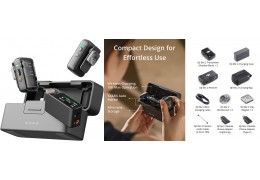
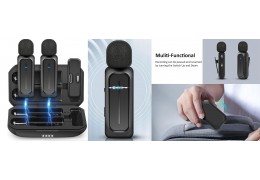

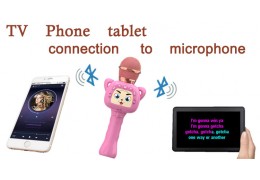
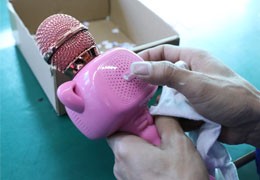

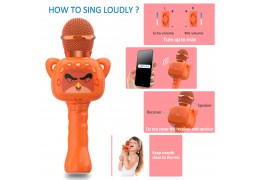
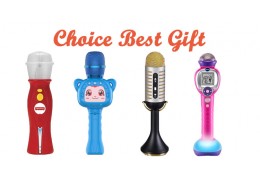



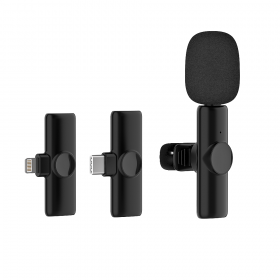
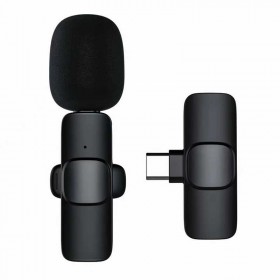
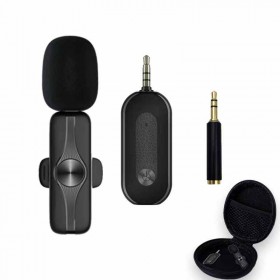


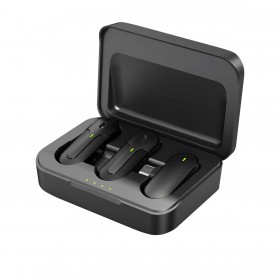
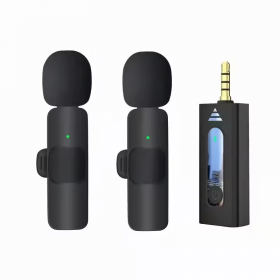
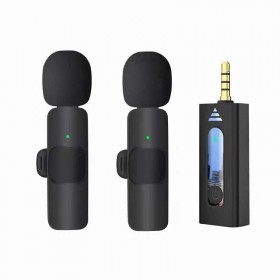
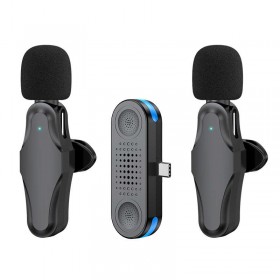
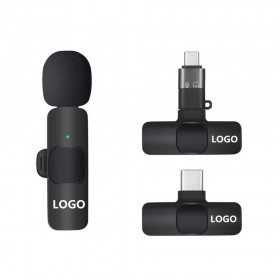

Latest comments